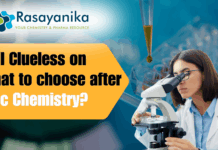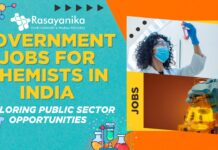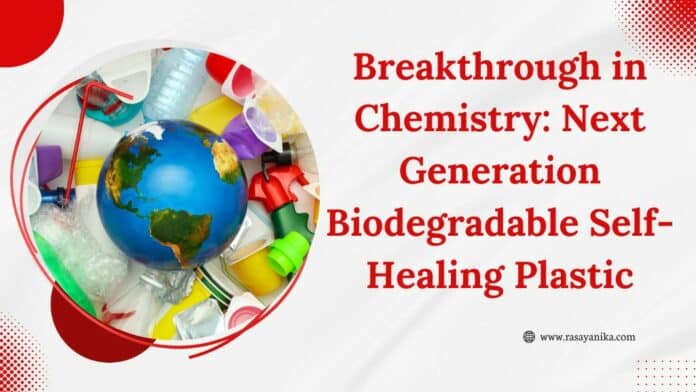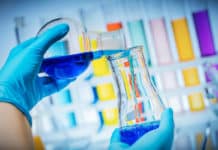The quest for more sustainable and environmentally friendly materials has driven scientists and researchers to explore innovative solutions. In the world of plastics, conventional materials often contribute to environmental pollution, posing significant challenges for proper disposal and recycling. However, a groundbreaking discovery in 2016 led by Konstanz chemist Helmut Cölfen and his research team introduced a new paradigm in the field of materials science – a next-generation self-healing plastic that is not only biodegradable but also offers exceptional properties surpassing those of common plastics. This mineral plastic has since captivated the attention of the industry and represents a promising step towards a more sustainable future.
The Birth of a Remarkable Material
The inception of this extraordinary material came as a result of the researchers’ relentless pursuit of an environmentally compatible mineral plastic that retained fascinating features while mitigating the challenges posed by traditional plastics. The initial iteration of the mineral plastic utilized polyacrylic acid, which, despite its impressive properties, shared a structural resemblance to polyethylene – a notorious pollutant with low biodegradability. Recognizing this crucial drawback, the team set out on a mission to explore an alternative basic building block that would address this environmental concern.
Enter Polyglutamic Acid: A
Sustainable SolutionThe breakthrough arrived when the researchers turned their attention to polyglutamic acid – a natural biopolymer readily available in substantial quantities and obtainable through sustainable methods, including biotechnological production using microorganisms. This discovery was met with great enthusiasm, as polyglutamic acid offered the same advantageous properties as the previous iteration of the mineral plastic while holding the pivotal advantage of being completely biodegradable. This pivotal discovery marked a significant step towards a more sustainable plastic solution, where microorganisms play a crucial role in the eventual breakdown of the material.
A Material with Endless Possibilities
The versatility of this self-healing mineral plastic is truly remarkable. Unlike traditional plastics that require high-energy processes and toxic solvents for production, this mineral plastic can be manufactured at room temperature using water, making it an energy-efficient and eco-friendly alternative. Moreover, before the plastic hardens, it can be molded into any desired shape, much like chewing gum. The reusability factor is equally impressive; by adding water, the mineral plastic can return to its initial malleable form, allowing for reshaping and recycling as often as desired.
Scientific Collaboration Validates Biodegradability
To substantiate the biodegradability claims and ascertain that this property applies to the mineral plastic as a whole and not just its individual components, the research team sought assistance from biologists. David Schleheck and postdoc Harry Lerner from the Department of Biology at the University of Konstanz joined the endeavor, working in tandem with the chemists to evaluate the material’s interaction with microorganisms.
The Triumph of Sustainability
In a series of rigorous degradation experiments, microorganisms found in various environments, including forest soils, were introduced to the mineral plastic. The results were nothing short of astonishing, as the microorganisms exhibited a remarkable ability to metabolize the plastic within just a few days. After a mere 32 days, the mineral plastic was entirely degraded by the microorganisms. This critical validation affirmed that the researchers had indeed succeeded in creating a sustainable and biodegradable mineral plastic, combining the best of both worlds – outstanding material properties and environmental compatibility.
Conclusion
The journey of developing this next-generation self-healing mineral plastic has been a testament to human ingenuity and dedication to a more sustainable future. Through the utilization of polyglutamic acid, a natural and biodegradable alternative, the researchers at Konstanz have achieved a remarkable feat. This eco-friendly plastic, with its exceptional properties and endless possibilities, is a testament to the potential of science to address pressing environmental concerns. As this innovation continues to garner attention from various industries, it holds the promise of revolutionizing the plastics landscape and reducing our reliance on conventional, environmentally detrimental materials. The successful collaboration between chemists and biologists exemplifies the power of interdisciplinary efforts in tackling global challenges. With further research and development, this self-healing mineral plastic could pave the way for more sustainable and environmentally responsible materials, contributing to a cleaner and greener world for generations to come.
Biodegradable Self-Healing Plastic Biodegradable Self-Healing Plastic Looking for latest chemistry and Pharma job openings, follow Rasayanika Facebook and Telegram and subscribe to our youtube channel for the latest updates on chemistry and Pharma job

















































